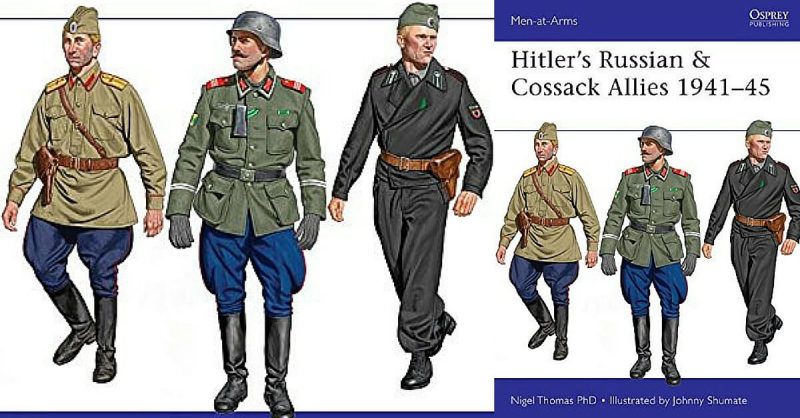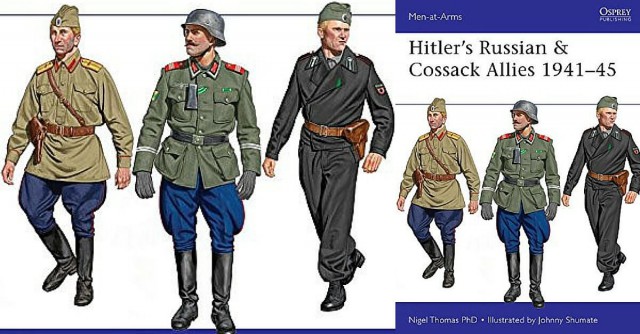I’ve said it before and I’ll say it again. Any war involving Russia is far from simple. The sheer size and geographical differences in the country alone make it difficult to comprehend any war there. The fact these borders have moved every decade and the cities seemed to have changed their names almost as frequently doesn’t help the matter either. It’s a country with a complex history, and a past that seems to be filled with blood.
After the First World War and a revolution you’d be forgiven for thinking Russia would have been bled white. Apparently not. In June 1941 Nazi Germany poured over the Russian border with over 3.5 million men. They made huge inroads taking over hundreds of towns and villages and scooping up hundreds of miles of Russian territory but despite their might the Germans didn’t have it all their own way. Nothing like it in fact. They were met head on by a Russian army of three million men that was to create a catastrophic stalemate costing millions of lives in just four years. Whole countries were embroiled in the fighting, swallowed up like mere battlefields of old. Cities would disappear into piles of ash during the fighting and be lost, retaken and then lost again in a single night. This really was a hell. The Eastern Front made the Pacific look like a picnic and the proverbial walk in the park all rolled into one.
It comes as no surprise, then, that tens of thousands of Russians, sick of their own communist government decided not only to heel to the Germans but to actually fight alongside them. In some cases it was self-preservation, a simple choice whether to live or to die . Others, like the Cossacks heavily covered here , had worn tired of being ill treated by their own governments and gazed upon with a suspicious eye by their neighbours. It was a ‘damned if they do and damned if they don’t’ situation. Some, however, fought purely for gain.
Whatever the reasons this was no ragtag army of peasants or outlaws. Even Hitler, acutely aware of the notoriety of the Russian Cossacks quietly accepted them into the ranks and even quieter still admired their courage and fighting prowess. The Russian Liberation Army or ROA were one such army. Numbering over 120,000 men they were soon to be renowned by both German and Russian soldiers alike as tenacious fighters. Involved in the fighting between the ruined houses and streets of Stalingrad they more than proved themselves to their new German masters. Again Hitler saw the chance to exploit these men not only as pawns on his battlefield but also as cogs in his propaganda machine. The Russian soldier, fighting on the front often believed his Russian cousins, fighting under the swastika were better treated and better fed than himself. This often caused mass desertion and Russians once loyal to Stalin were going over in their droves rather than be taken prisoner or die of starvation. The ROA had become the ‘alternative’ choice for the Russian soldier.
These men were well trained, well equipped and well armed. They were expertly led in the field and treated as comrades and allies by their German counterparts. They were entrusted and repaid with their own regiments and insignia. Their uniforms proudly showing a military past and might and as individual as one from the next.
Cavalrymen, panzer crews, officers and even fighter pilots were drafted from the Russian volunteers and all played their part in this mass movement of men that had an almost carnival look to them. But this was to be no sideshow, no small part of a larger jigsaw. This WAS the Eastern front with all its horror and complexities. Some 600,000 Russians from all over this vast country decided to take up German idealism and fight for the Reich against their former countrymen. It was a decision that was to have dire consequences.
Reviewed by Phil Hodges for War History Online.

HITLERS RUSSIAN AND COSSACK ALLIES 1941-45
By Nigel Thomas
Illustrated by Jonny Shumate
Osprey Publishing
ISBN 978-1-4728-0687-1

